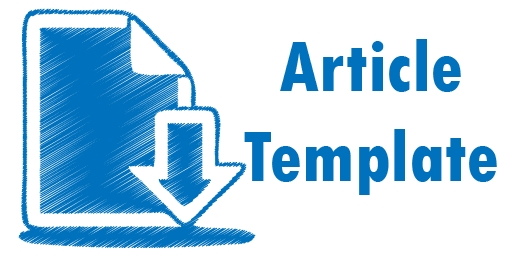Pengembangan Instrumen Tes Berbasis Literasi Kimia pada Materi Struktur Atom dan Nanoteknologi Kurikulum Merdeka Fase E SMA
Abstract
Chemical literacy is one of the literacies that needs to be developed for students due to the proximity of chemistry to everyday life and the community environment. Indonesia's literacy skills are still relatively low because they are categorized as countries with scores below the average, this is evidenced by the results of PISA. The low literacy skills are caused by several factors such as the difficulty of understanding concepts where learning is not associated with events that occur in everyday life. So that students become not literate in chemical literacy. Therefore, the importance of efforts to build students' chemical understanding skills as a whole through the development of chemical literacy-based test instruments on atomic structure and nanotechnology materials. This research is a Research and Development (R&D) study using the Rasch Model through 10 steps by Xiufeng in 2020. The resulting test instrument is expected to be able to measure students' chemical literacy skills on atomic structure and nanotechnology materials. Content validity analysis by validators found that all items were in the valid category. Reliability analysis obtained a person reliability value of 0.96 and the aspect reliability value was 0.93.Copyright toward articles published by Entalpi Pendidikan Kimia is hold by Entalpi Pendidikan Kimia. In the other side, Entalpi Pendidikan Kimia also applied CC Attribution 4.0 which means you could 1) share — copy and redistribute the material in any medium or format; and 2) adapt — remix, transform, and build upon the material; for any purpose, even commercially. As long as you give us attribution — You must give appropriate credit, provide a link to the license, and indicate if changes were made. You may do so in any reasonable manner, but not in any way that suggests the licensor endorses you or your use. Entalpi Pendidikan Kimia also applied Open Access toward each published articles, so the published content will be available freely for public.





